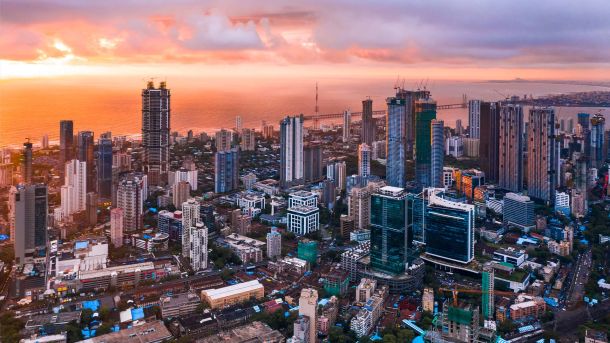The 2.8% increase in CPI was mainly driven by:
- Housing and Utilities: Up 4.5%, contributing 1.0 percentage point.
- Food and Non-Alcoholic Beverages: Up 4.8%, adding 0.9 percentage point.
- Alcoholic Beverages and Tobacco: Up 4.3%, contributing 0.2 percentage point.
On a year-over-year basis, inflation for goods declined to 1.8%, slightly up from 1.7% in April. Services inflation decreased from 3.8% in April to 3.6% in May. Despite the slower growth in prices, inflation continues to erode household purchasing power across South Africa. Many households remain reliant on short-term credit, increasing their vulnerability to interest rate fluctuations.
On a positive note, the Monetary Policy Committee (MPC) lowered interest rates at the end of May. This move could help alleviate some financial pressures on indebted households and consumers. The rate reduction was supported by relatively low inflation levels, an improved Rand/Dollar exchange rate, and lower international oil prices throughout May—though prices have recently increased due to the Israel-Iran conflict.
The lower interest rates are expected to boost demand within the economy by increasing household disposable income after interest payments and potentially supporting overall economic growth.
However, the Reserve Bank remains cautious amid ongoing global uncertainties. Concerns about inflation and the potential impact of the lingering US-China tariff war on price stability persist, despite favourable exchange rates and lower oil prices. Factors such as moderate inflation, sluggish economic growth, improved electricity supply, and positive market sentiment will influence future interest rate decisions. Ultimately, maintaining price stability remains a primary focus as 2025 progresses.





